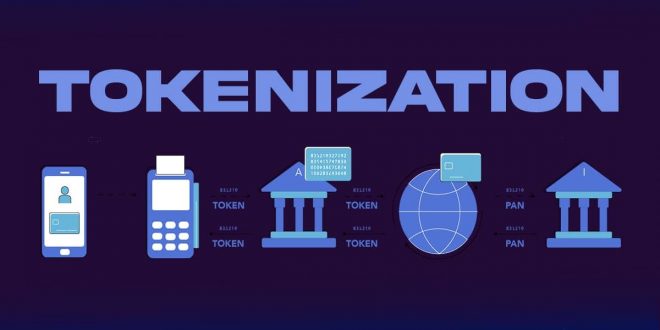With the advent of blockchain technology, the financial world is witnessing a transformative shift towards tokenized assets. Tokenization allows real-world assets, such as real estate, art, commodities, and even intellectual property, to be represented as digital tokens on a blockchain. This article explores the potential of tokenized assets and how they are revolutionizing traditional investment opportunities.
- Understanding Tokenization: Tokenization involves converting physical or financial assets into digital tokens that exist on a blockchain. Each token represents a fraction of the asset’s value, making it easily divisible and accessible to a wider range of investors.
- Enhanced Liquidity and Accessibility: Tokenization democratizes access to investment opportunities that were previously limited to institutional investors. Investors can now buy and trade fractional ownership of high-value assets, enhancing liquidity and reducing barriers to entry.
- Real Estate Tokenization: Tokenization has significant implications for the real estate industry. Investors can own fractional shares of properties, providing a new way to invest in lucrative real estate projects without the need for substantial capital.
- Art and Collectibles: Tokenized assets are also making waves in the art and collectibles market. Investors can own fractional shares of valuable artwork or rare collectibles, turning illiquid assets into tradeable digital tokens.
- Compliant Security Tokens: Security tokens, a form of tokenized assets, comply with relevant financial regulations. They offer investors additional legal protections, ensuring transparency and adherence to securities laws.
- Automated Asset Management: Tokenization enables automated asset management through smart contracts. These self-executing contracts streamline investment processes, reducing administrative overhead and increasing efficiency.
- Global Market Access: Tokenized assets remove geographical barriers, allowing investors from around the world to participate in a broader range of investment opportunities. This global market access fosters diversification and risk mitigation.
- Secondary Markets and Fractional Ownership: Tokenized assets facilitate secondary markets where investors can buy and sell tokens easily. Additionally, fractional ownership enables investors to diversify their portfolios across multiple assets.
- Potential Challenges: Despite the promising benefits, tokenized assets face challenges such as regulatory compliance, market volatility, and the need for investor education. Overcoming these challenges is crucial for the widespread adoption of tokenization.
- The Future of Investment: Tokenized assets represent a fundamental shift in the investment landscape. As technology evolves, tokenization is poised to revolutionize how we perceive and access investment opportunities, making traditional assets more accessible and creating new avenues for financial growth.
Tokenized assets offer a new paradigm for investment, bringing traditional assets onto the blockchain and revolutionizing the financial industry. As this transformative technology gains traction, investors and businesses should embrace the opportunities presented by tokenization while addressing the associated challenges. The future of investment is on the horizon, and tokenized assets are at the forefront of this groundbreaking evolution.
 Blogmado Empower Your Wealth: Expert Insights for Success
Blogmado Empower Your Wealth: Expert Insights for Success



